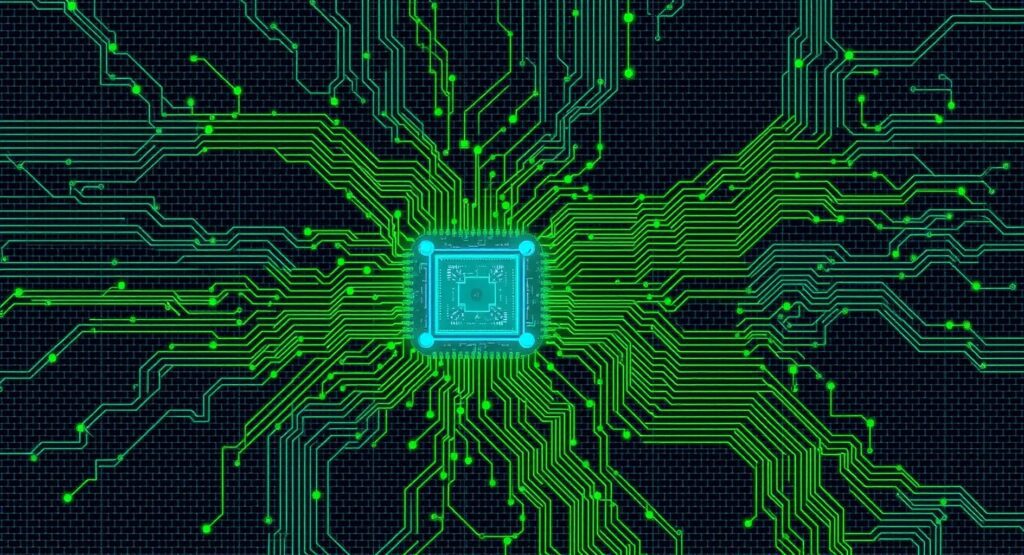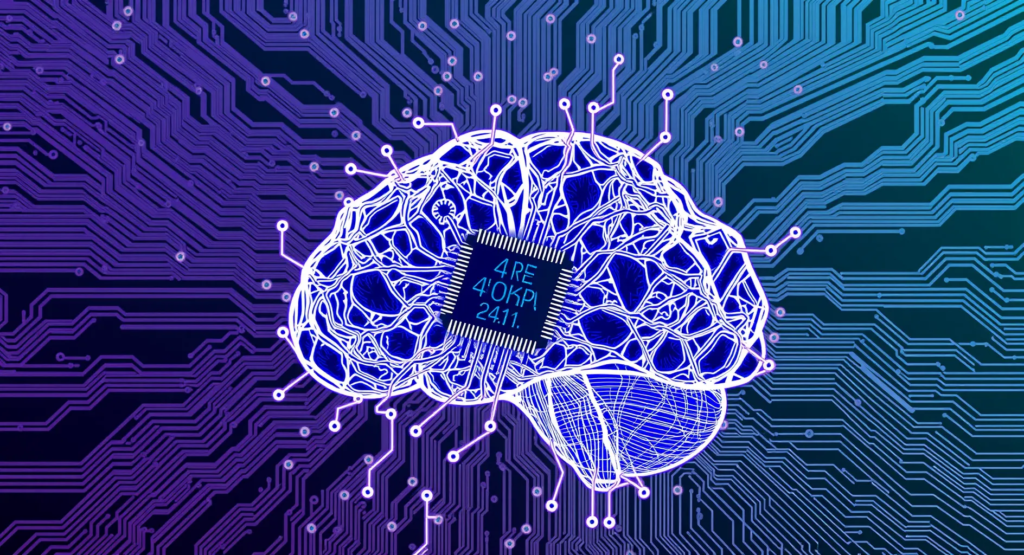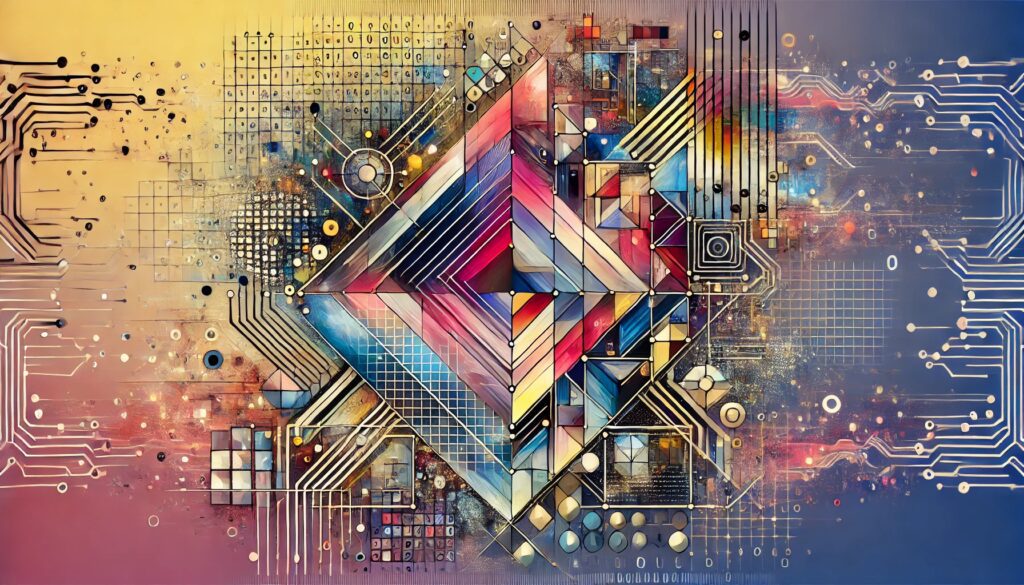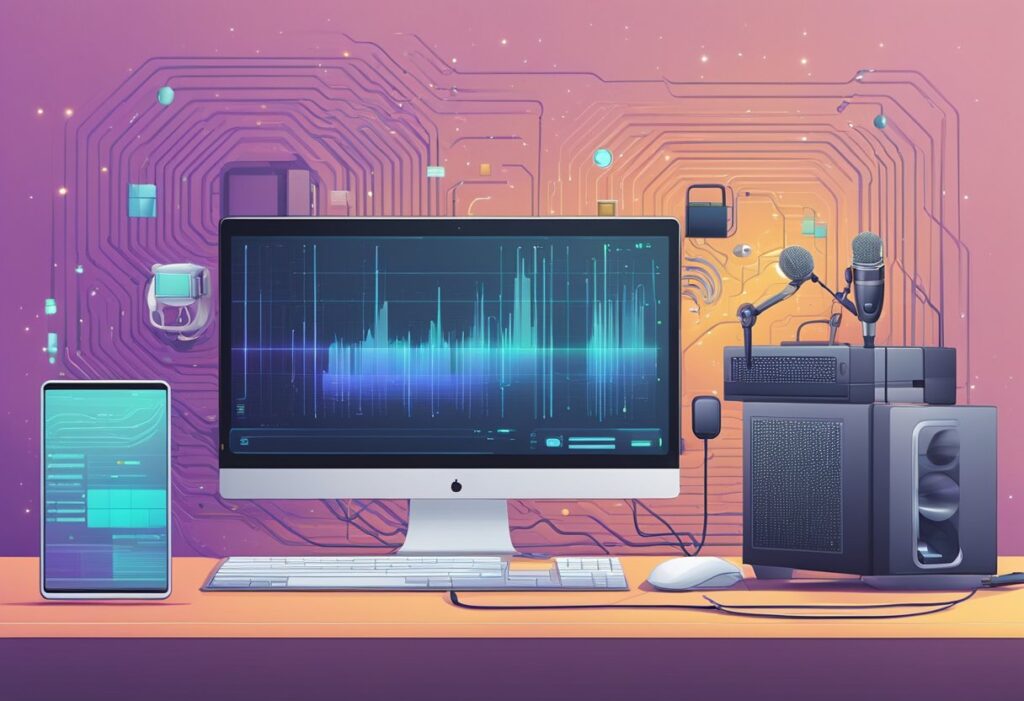
A Deep Dive into the Future of Intelligent Systems
In the rapidly advancing world of artificial intelligence (AI), one of the most promising yet complex areas of exploration is neuromorphic computing. This cutting-edge technology seeks to replicate the intricate architecture and functioning of the human brain, offering a paradigm shift in how we build and utilize computational systems. By exploring the intricate interplay between AI and neuromorphic computing, we can better understand the potential to revolutionize fields as diverse as robotics, healthcare, autonomous systems, and beyond.
The Fundamentals of Neuromorphic Computing
Neuromorphic computing is a branch of computational neuroscience that focuses on creating hardware and software systems designed to emulate the neuronal structure of the human brain. Traditional computing architectures, which rely on the separation of memory and processing units, are fundamentally different from the way the brain processes information. In contrast, neuromorphic systems integrate these components into neuron-like elements where memory and processing occur simultaneously.
Neuromorphic Hardware: The Building Blocks
The core components of neuromorphic systems include neurons, synapses, and spiking neural networks (SNNs). Unlike traditional artificial neural networks (ANNs) that rely on continuous signals, SNNs use discrete spikes to transmit information, closely mimicking the communication methods of biological neurons.
Neuromorphic chips like IBM’s TrueNorth and Intel’s Loihi are at the forefront of this technology. TrueNorth boasts a million programmable neurons and 256 million synapses, all operating with an exceptionally low power footprint. Loihi, on the other hand, emphasizes real-time learning capabilities and self-adaptation, offering a platform where AI models can continuously learn and evolve without requiring the massive data sets that traditional deep learning models need.
AI’s Synergy with Neuromorphic Computing
The integration of AI into neuromorphic computing is not merely an enhancement but a redefinition of how intelligent systems are conceived and operated. By leveraging the biological principles of the brain, neuromorphic computing provides AI systems with a framework that is inherently more efficient, adaptive, and scalable.
Energy Efficiency and Real-Time Processing
One of the primary advantages of neuromorphic systems is their energy efficiency. The human brain operates on just about 20 watts of power, a figure that starkly contrasts with the energy demands of modern AI supercomputers. Neuromorphic computing aims to replicate this efficiency, enabling AI models to run on devices with limited power resources, such as drones, autonomous vehicles, and smart sensors. This is particularly beneficial in scenarios where real-time processing and low power consumption are critical.
For instance, in autonomous systems, the ability to process sensor data in real-time while minimizing energy consumption is crucial for safety and performance. Neuromorphic chips excel in such environments by offering high-speed processing capabilities that are both power-efficient and scalable.
Spiking Neural Networks (SNNs) in AI
A significant departure from conventional AI models, spiking neural networks (SNNs) offer a more biologically plausible approach to computation. SNNs encode information in the timing of discrete spikes rather than in continuous values, mimicking the way biological neurons communicate. This allows for more dynamic and flexible processing, which is especially beneficial for tasks that require temporal patterns recognition, such as speech processing and gesture recognition.
The development of AI algorithms that can fully exploit the potential of SNNs is still in its infancy, but the prospects are promising. Unlike traditional neural networks that require extensive backpropagation and large datasets, SNNs are capable of unsupervised learning and online adaptation, making them ideal for environments where data is continuously changing and must be processed on the fly.

Advanced Applications of Neuromorphic AI
Neuro-Robotics and Adaptive Behavior
Neuromorphic computing is paving the way for more sophisticated robotic systems capable of adaptive behavior and real-time learning. Unlike traditional robots, which follow pre-programmed instructions, neuromorphic robots can learn from their environment and adjust their actions accordingly.
For example, a neuromorphic robot equipped with AI-driven SNNs can navigate a complex environment by learning from sensory inputs, much like a human learns from experience. This adaptability makes neuromorphic systems particularly suited for applications in search and rescue, exploration, and service robotics, where environments are unpredictable and require constant adaptation.
Healthcare and Personalized Medicine
In the field of healthcare, neuromorphic AI offers the potential to revolutionize personalized medicine. Traditional AI systems are often limited by the need for massive amounts of data and powerful computational resources. Neuromorphic systems, however, can process and analyze patient data in real-time, providing personalized diagnostics and treatment recommendations that evolve with the patient’s condition.
For instance, wearable medical devices powered by neuromorphic chips can continuously monitor a patient’s vital signs, detect anomalies, and adjust treatments on the fly. These devices could provide early warnings for conditions like heart attacks or strokes, significantly improving patient outcomes through timely intervention.
Brain-Machine Interfaces (BMIs)
One of the most exciting areas of neuromorphic AI is its application in brain-machine interfaces (BMIs). BMIs are systems that create a direct communication pathway between the brain and external devices. Traditional BMIs have been limited by their reliance on bulky, energy-intensive hardware. Neuromorphic computing, with its energy efficiency and real-time processing capabilities, offers a more viable solution for implantable BMIs.
By utilizing neuromorphic chips, BMIs can interpret brain signals more accurately and respond faster, enabling more intuitive control of prosthetic limbs, for instance, or even direct control of computers and other devices. This could be transformative for individuals with paralysis, offering them greater independence and control over their environment.
Challenges and Future Directions in Neuromorphic AI
Despite its potential, neuromorphic computing is not without its challenges. The current hardware limitations mean that neuromorphic systems are still specialized rather than general-purpose. While they excel in tasks like pattern recognition and sensory processing, they are not yet capable of replacing traditional processors for a wide range of tasks.
Software Development and Algorithmic Challenges
A significant hurdle in the widespread adoption of neuromorphic systems is the development of compatible software frameworks. Current AI algorithms are largely optimized for Von Neumann architectures and do not easily translate to neuromorphic hardware. New algorithms and software tools are needed that can take full advantage of the parallelism and energy efficiency offered by neuromorphic systems.
Moreover, the training of spiking neural networks is still a complex and computationally intensive process. Unlike traditional deep learning models that have well-established training methods, SNNs require novel approaches that can efficiently harness their capabilities without overwhelming computational resources.
Scalability and Integration with Existing Systems
Another challenge lies in the scalability of neuromorphic systems. While current neuromorphic chips like TrueNorth and Loihi are impressive, they are still in the early stages of development. Scaling these systems to handle more complex tasks while maintaining their energy efficiency and real-time capabilities is an ongoing area of research.
Integrating neuromorphic systems with existing AI infrastructure is also a challenge. Traditional AI systems rely heavily on data centers and cloud computing for large-scale processing, whereas neuromorphic systems are designed for edge computing with real-time, localized processing. Bridging these two paradigms will require new hybrid architectures that can combine the strengths of both approaches.
The Philosophical Implications of Neuromorphic AI
Beyond the technical challenges, the rise of neuromorphic AI also raises profound philosophical and ethical questions. As machines begin to mimic the human brain more closely, questions about consciousness, free will, and the nature of intelligence come to the forefront.
Ethics of Neuromorphic Intelligence
The development of machines that can learn and adapt in ways similar to the human brain brings up questions about the autonomy and rights of intelligent systems. If a machine can learn and adapt in ways that are indistinguishable from human learning, should it be afforded certain rights or protections? Additionally, the use of neuromorphic systems in surveillance and military applications raises concerns about privacy and the potential for misuse.
Conclusion: Neuromorphic Computing and the Future of AI
The intersection of AI and neuromorphic computing represents a significant leap forward in our quest to build more intelligent, efficient, and adaptive machines. While still in its early stages, the potential of this technology to transform industries ranging from robotics to healthcare is immense.
As we continue to develop more sophisticated neuromorphic systems, we move closer to a future where machines not only process information more efficiently but also begin to think and learn in ways that are strikingly similar to the human brain. This convergence of AI and neuromorphic computing will undoubtedly play a pivotal role in shaping the next generation of intelligent technology,
driving innovations that we are only beginning to imagine.
Resources that provide in-depth information on AI in Neuromorphic Computing:
“Neuromorphic Computing and Engineering” (Journal)
This journal focuses on the latest research in neuromorphic engineering, covering both hardware and software developments. It’s an excellent resource for understanding the current advancements in neuromorphic computing and its applications in AI.
“Intel’s Neuromorphic Computing: The Loihi Chip”
Intel’s website provides detailed information about the Loihi chip, one of the leading neuromorphic processors. The site includes white papers, case studies, and technical documents that are valuable for understanding how AI is being implemented in neuromorphic systems.
“IBM Research: TrueNorth”
IBM’s TrueNorth project was one of the pioneering efforts in neuromorphic computing. Their research page offers insights into the architecture and applications of TrueNorth, along with access to relevant publications and technical resources.
“Frontiers in Neuroscience: Neuromorphic Engineering”
This section of the Frontiers in Neuroscience journal provides open-access articles on the latest research in neuromorphic engineering, including AI integration, spiking neural networks, and brain-inspired computing.
“The Neuromorphic Engineer” (Community and Newsletter)
A community-driven platform that includes a newsletter and blog posts from leading experts in neuromorphic computing. It’s a great resource for staying updated on the latest trends, conferences, and innovations in the field.





